Cold resistant conveyor belt
Cold resistant conveyor belt
| Physical properties of the coating | |||||
| Projects | Index | ||||
| H | D | L | |||
| Tensile strength /Mpa Not less than | 24 | 18 | 15 | ||
| Elongation /% Not less than | 450 | 400 | 350 | ||
| Abrasion loss /mm3 ≤ Not more than | 120 | 100 | 200 | ||
| Aging test 70℃×168h | Change ratio of tensile strength | ±25 | ±25 | ±25 | |
| The elongation rate of change | ±25 | ±25 | ±25 | ||
| Cold resistance | Change ratio of tensile strength | C1 (-45℃) | ±20 | ||
| C2 (-50℃) | ±25 | ||||
| The elongation rate of change | C1 (-45℃) | ±20 | |||
| C2 (-50℃) | ±30 | ||||
| Note: C1-working temperature: -45℃ ~+45℃ .C2-working temperature: -50℃ ~+45℃. | |||||
Characteristics
Adopting cotton canvas, nylon canvas or polyester canvas as the belt core and the combined natural rubber and butadiene rubber as cover rubber, the cold-resistance conveyor belt has high elasticity, impact resistance, cold resistance and the like, and can be normally used at a temperature of 40℃ below zero.
Usage
It is suitable for conveying materials at open-air or cold storage warehouses and the like in cold regions.
Technical index
- On the basis of cover rubber performance. The cold-resistance conveyor belt is classified into three types of Laceration resistant type (H), Anti- abrasive type (D) and common type (L).
- On the basis of cold resistance performance. The cold-resistance conveyor belt can be classified into two grades of C1 and C2. Wherein C1 is working at the working temperature between 45℃ below zero and 50℃, and C2 . The working temperature between 60°C below zero and 50℃ .
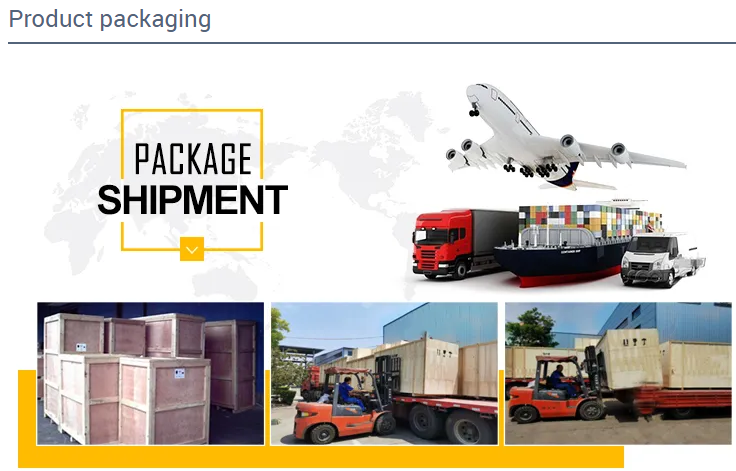
Packing Shipping Delivery
  |
 |
|
 |
 |
|
How to choose power transmissions parts and industrial products which meet our requirement
| Chains | Sprockets | Pulleys | Timing belt Pulley | V-belt Pulley |
| Sheaves | Coupings | Bush &Hub | Gear& Rack | V-Belt |
| Locking Assembly | Pulley | Gearbox | Reducer | Shaft Collar |
| Rod End Bearing | Clevis | PTO | Chain Guide | Belt Guide |
| Rubber Buffer | Chain Tensioner | PTO Drive Shafts | Universal Joints | Roller Chains |
| Conveyor Chains | V-Belts | Worm Gearbox | Helical Gear | Worm |
| Agricultural Chain | CNC Proces Parts | Casting | Stamping | |
| Powder Metallurgy | CNC Proces Parts | Casting | Stamping |
What Products Do you sell ?
We are a group of factories, give customer one stop solution of power transmission and industrial products. We are in the position to supply wide range of products, including chains, sprockets, v-belt and v-belt pulleys, timing belt and timing belt pulleys, gears, speed reducers, motors, racks, couplings, and many other parts, like locking assembly, taper bushing, Chain guide, shaft collar, torque limiter, cam clutch, universal joint, motor base and motor slide, rod end, clevis, rubber mount, etc. We make special parts according to drawings and/or samples.
How to choose a gearbox which meets our requirement?
You can refer to our catalogue to choose the gearbox or we can help to choose when you provide
the technical information of required output torque, output speed and motor parameter etc.
What information shall we give before placing a purchase order?
a) Type of the gearbox, ratio, input and output type, input flange, mounting position, and motor informationetc.
b) Housing color.
c) Purchase quantity.
d) Other special requirements.
What industries are your gearboxes being used?
Our gearboxes are widely used in the areas of textile, food processing, beverage, chemical industry,
escalator,automatic storage equipment, metallurgy, tabacco, environmental protection, logistics and etc.
What is the producing process?
Production process including raw material cutting, machine processing, grinding, accessories cleaning, assemble, cleaning, stoving, oil coating, cover pressing, testing, package.
How to control the products quality?
Combining advanced equipment and strict management, we provide high standard and quality bearings for our customers all over the world.
What is the transportation?
-If small quantity , we Suggest to send by express, such as DHL,UPS, TNT FEDEX. If large amount, by air or sea shipping.
Can we design packaging?
-Yes. Default is regular packing, and we can make customer's own packing.
Can you provide OEM service?
-Yes, we work on OEM orders. Which means size, quantity, design, packing solution, etc will depend on your requests; and your logo will be customized on our products.
Can you give me discount on Power Transmissions Parts and Industrial parts?
-Yes, of course. Pls. send me your Email, you'll get more
Q: Are You a trading company or a manufacturer?
A: We Are the factory and have our Own trading company
Q: How Can I get an offer?
A: please send US quotation information: drawings, materials, weight, quantity and requirements, we can accept PDF, ISGS, DWG, STEP file format. If you don't have the drawings, please send us the samples, we can also quote you according to your samples.
Q: What is your minimum order size?
A: it is usually 100 pieces, but a low quantity is acceptable under some special circumstances.
Q: Do you provide samples? Is it free or extra?
A: Yes, we can provide samples free of charge, but we don't pay the freight.
Q: What is the lead time for mass production?
A: honestly, it depends on the number of orders. Normally, if you don't need the tools, deposit them after 30 days or so.
Q: What if the parts don't Work?
A: we can guarantee the quality, but if it happens, please contact us immediately, take some photos, we will check the problem and solve it as soon as possible.
Q: What are your terms of payment?
A: payment is less than US $1000,100% in advance. Payment: $1000,50% wire transfer in advance, balance before shipment,Other Terms of payment are negotiable


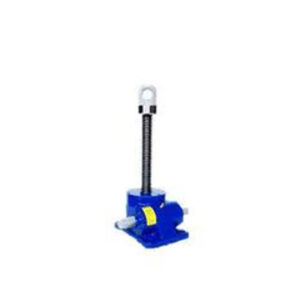
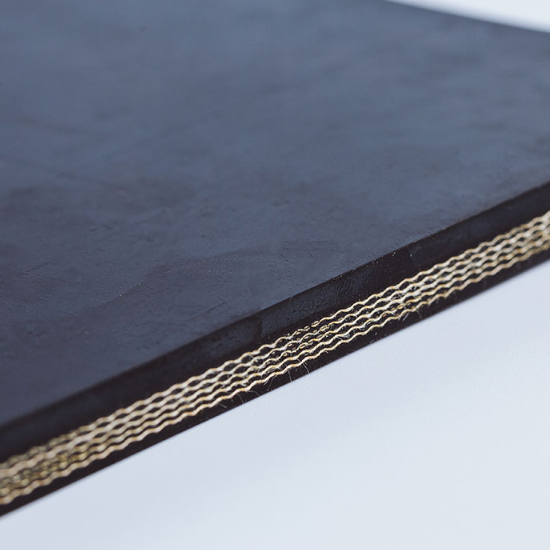
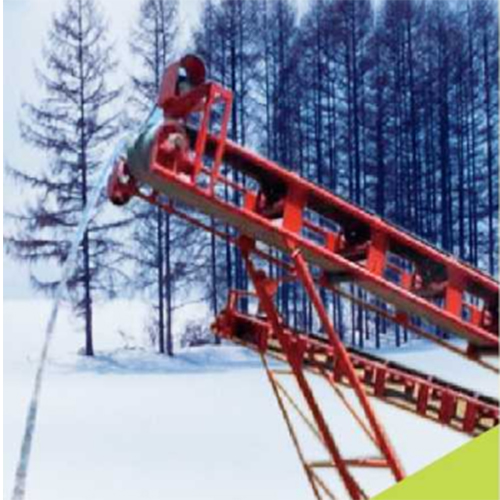
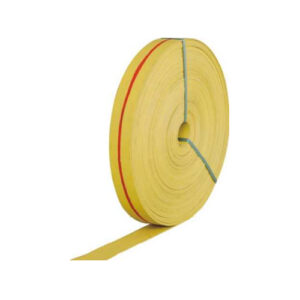
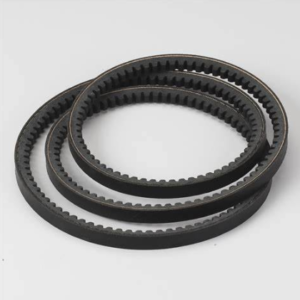
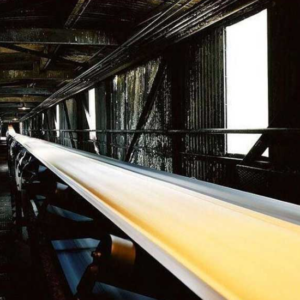
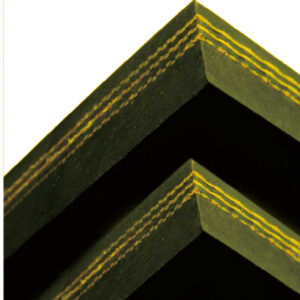
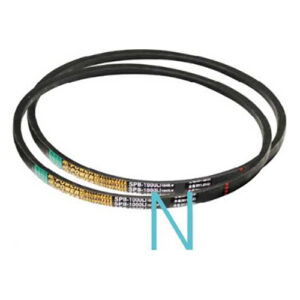
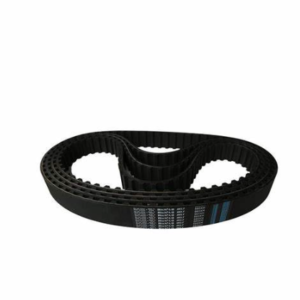

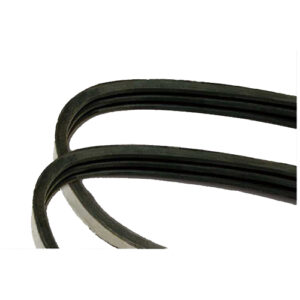
Reviews
There are no reviews yet.